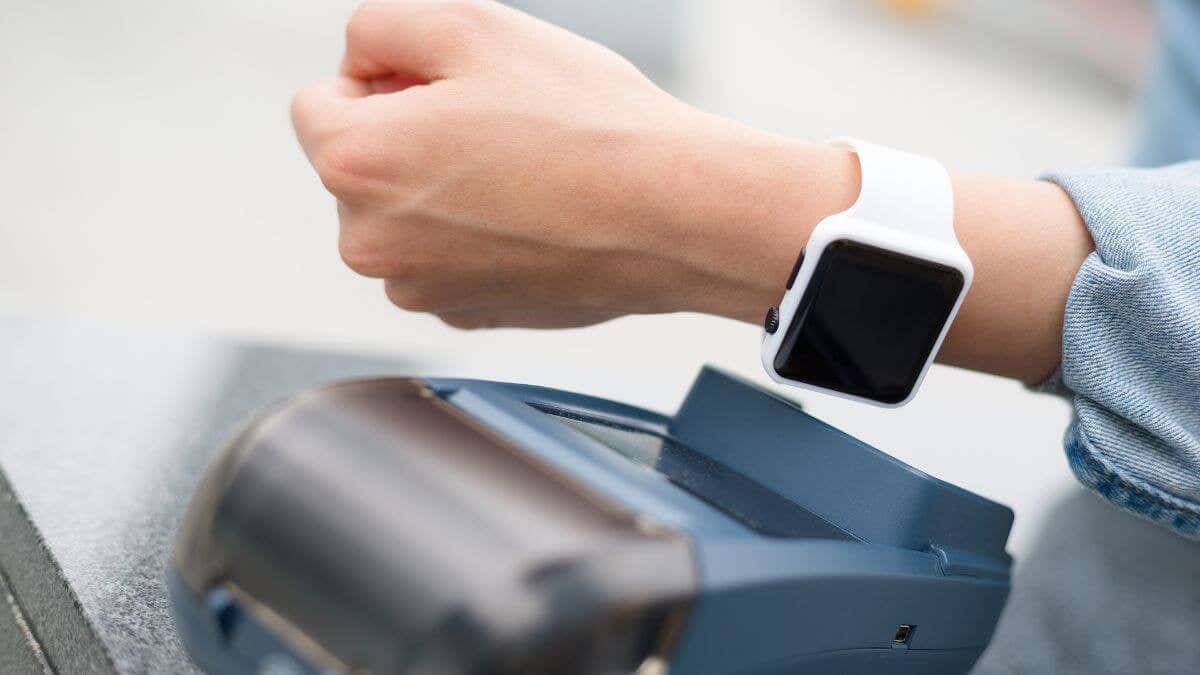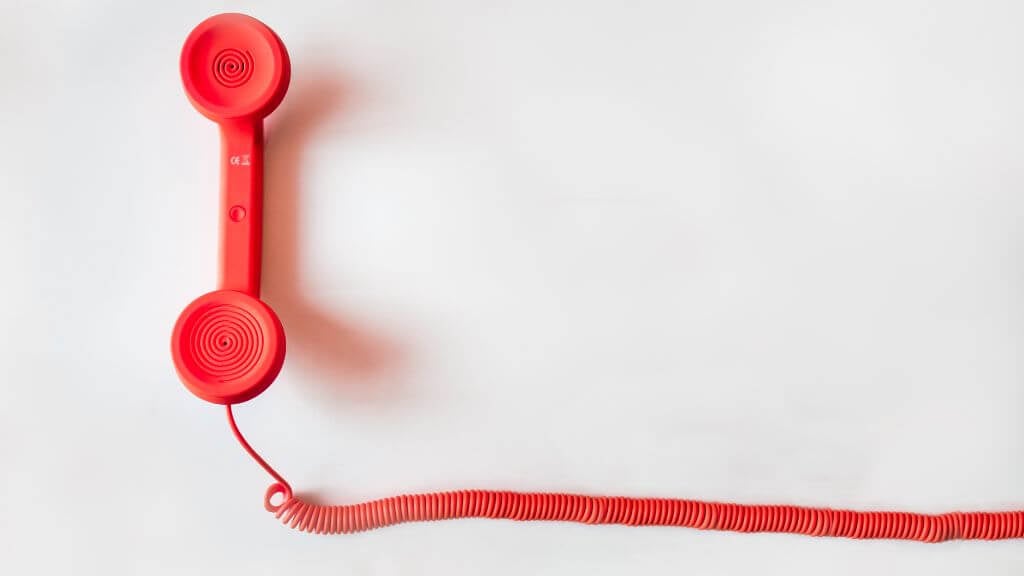The tech is designed to protect you
Are you seeing that dreaded “Fraud Suspected” alert pop up when you use Apple Pay? Don’t worry; you’re not alone! Many Apple Pay users have experienced this inconvenience, which can be a real pain, especially if you’re trying to make an urgent purchase.
But the good news is that there’s a reason why these alerts exist and ways to avoid them altogether. So, let’s dive in and learn about Apple Pay fraud alerts and how to avoid them.
Understanding the Causes of “Fraud Suspected” Alerts
So, why does that “Fraud Suspected” alert appear on your screen? Well, it’s all about keeping your financial information secure. Apple Pay uses advanced security measures, including two-factor authentication and machine learning, to detect suspicious or unauthorized transactions. If something looks off, the system will flag it and display the alert to prevent any potential fraud.
It could be as simple as using your Apple Pay in a new location or making a purchase that’s out of the ordinary for you, and the system wants to verify it’s really you making the transaction. However, scammers also try to use stolen or fake credit card information with Apple Pay, which can trigger a fraud alert.
In either case, the goal is to protect you and your money, so it’s essential to understand what could be causing the alert and take the necessary steps to resolve it. The only thing you shouldn’t do is ignore the warning!
Common Tricks of Apple Pay Scams
Unfortunately, crooks and scammers are always finding new ways to exploit unsuspecting victims, and Apple Pay is no exception. Here are a few common tricks to watch out for:
- Phishing Scams: Scammers send emails or texts that appear to be from Apple, asking you to verify your account information. Do not click on links or provide personal information, as this tactic will steal your data and take you to a fake Apple website. If you get a suspected phishing message, report it to reportphishing@apple.com, and it will go straight to Apple Support.
- Fake Payment Requests: Scammers may send a fake payment request for a product or service through Apple Pay. Before you pay, always verify the legitimacy of the request and the seller.
- Card Skimming: In this scenario, scammers install card skimming devices at gas pumps or ATMs that capture your credit card information when you use Apple Pay. Always check for any signs of tampering before using a card reader, and use one that looks secure and is located in a well-lit area.
- In-App Purchases: Scammers create fake apps or games that trick users into making in-app purchases through Apple Pay. Before making any in-app purchases, review the app’s reviews and ratings to ensure they are legitimate.
- False Refunds: Scammers may claim to provide a refund for a previous transaction, but instead, they ask for your Apple Pay information to steal your money. Always verify the legitimacy of a refund request before providing any information.
- Technical Support Scams: Scammers posing as technical support may call and claim a problem with your Apple Pay account, asking for your Apple Pay information to resolve the issue. Remember, Apple will never call you and ask for your account information.
- Online Marketplaces: Scammers may set up fake online marketplaces that appear to sell popular products, but in reality, they steal your credit card information when you purchase using Apple Pay. Only make purchases through legitimate companies and double-check the website’s security before entering any financial information.
By being aware of these scams and taking precautions, you can protect yourself from becoming a victim of Apple Pay fraud and, thus, avoid seeing the “Fraud suspected” alert.
How to Protect Yourself From Apple Pay Fraud
Good news: there are several steps you can take to protect yourself from Apple Pay fraud! Here are a few easy ways to stay safe:
- Keep your devices secure: Always use a strong passcode and consider disabling Touch ID or Face ID on your Apple devices. This adds an extra layer of protection to your Apple Pay account and prevents you from being forced to provide biometric data, such as someone taking your phone and pointing it at your face.
- Verify purchases: Always double-check the details of your transactions before confirming a purchase, especially if it’s a large amount or from an unfamiliar seller.
- Watch for red flags: Be cautious of emails, texts, or calls asking for your Apple Pay information. Remember, Apple will never ask for your account information through an unsolicited message.
- Use trusted networks: Only use Apple Pay on secure, trusted networks, such as your home Wi-Fi or a secure public Wi-Fi network using a VPN.
- Keep your software updated: Regularly update your Apple devices to ensure you have the latest security features and patches.
- Use unique passwords: Always use unique and complex passwords for your Apple Pay account, and avoid using the same password for multiple accounts.
- Monitor your transactions: Regularly check your transaction history to ensure all purchases are legitimate. Report any suspicious or unauthorized transactions immediately.
- Don’t store excessive information: Limit the information you hold in your Apple Pay account and only keep the information you need for regular transactions.
- Be careful with public Wi-Fi: Avoid using Apple Pay on public Wi-Fi networks if possible, as they may not be secure. If you need to use public Wi-Fi, use a virtual private network (VPN) to encrypt your connection.
- Know your rights: Familiarize yourself with your rights as a consumer and your financial institution’s fraud protection policies. This way, you’ll know what to do in case of fraud and how to get your money back.
By following these simple steps, you can significantly reduce your risk of becoming a victim of Apple Pay fraud. Stay vigilant, and never hesitate to report any suspicious activity to Apple or your financial institution.
Steps to Take if You Encounter a Fraud Suspected Alert
If you ever encounter a “Fraud Suspected” alert on your Apple Pay account, don’t panic! Instead, here are the steps you should take:
- Contact Apple Pay Support: Report the suspicious activity as soon as possible. They’ll investigate the issue and take any necessary steps to protect your account.
- Change your passwords: Change the passwords for your Apple account and any other accounts that use the same password. Preferably, use a password manager and a strong password generator.
- Monitor your accounts: Regularly check your transaction history to ensure no unauthorized transactions have been made.
- Report the fraud: If you suspect your financial information has been stolen, immediately report it to your bank. They can take steps to protect your account and issue a new credit card if necessary.
- Take preventive measures: Take the necessary steps to prevent future fraud, such as enabling two-factor authentication using your mobile number.
Remember, the faster you take action, the better your chances of resolving the issue and preventing further damage.
What About Apple Cash?
Apple Cash is a related service to Apple Pay but differs in several ways. The most crucial difference is that Apple Cash is not a credit account and isn’t linked to a credit card. It’s a digital wallet more akin to Venmo.
You add money to your Apple Cash balance by using a debit card or receiving payments from other Apple Cash users through iOS’s text messages app, iMessage, on an iPhone, iPad, or Mac. Like Apple Pay, this is all linked to your Apple ID, so the same general precautions apply when protecting your credentials.
Some common Apple Cash scams include:
- Overpayment scams:If you’re selling something and someone “pays” via Apple Cash, but the payment is more than the normal amount, it may be an overpayment scam. If you refund the difference, you may later discover the original payment information was fraudulent. Make sure you’ve actually received the money into your account first.
- Money exchange scams: This happens when someone asks you to send them Apple Cash in exchange for a check, gift cards, or some other form of money that later turns out to be fake.
- Upfront payment scams: Some sellers, often through social media, may pressure you to pay upfront for goods you haven’t received. Then never deliver on the goods.
This isn’t an exhaustive list of Apple Cash scams, just a few examples. The general rule is that if you wouldn’t hand over physical cash in a given situation, then you should not pay with Apple Cash. Unlike credit cards or Apple Pay, you don’t have recourse since it’s a digital cash transaction.
Staying Secure With Apple Pay
Using Apple Pay is convenient and (usually) secure, but it’s important to take the necessary steps to protect yourself from being victimized. By following the best practices outlined in this article, you can minimize your risk and enjoy Apple Pay with confidence.
Remember to always keep your devices secure, verify purchases, watch for red flags, use trusted networks, keep your software updated, use unique passwords, and monitor your accounts regularly. If you encounter any suspicious activity, don’t hesitate to report it to Apple Pay Support and your financial institution.











